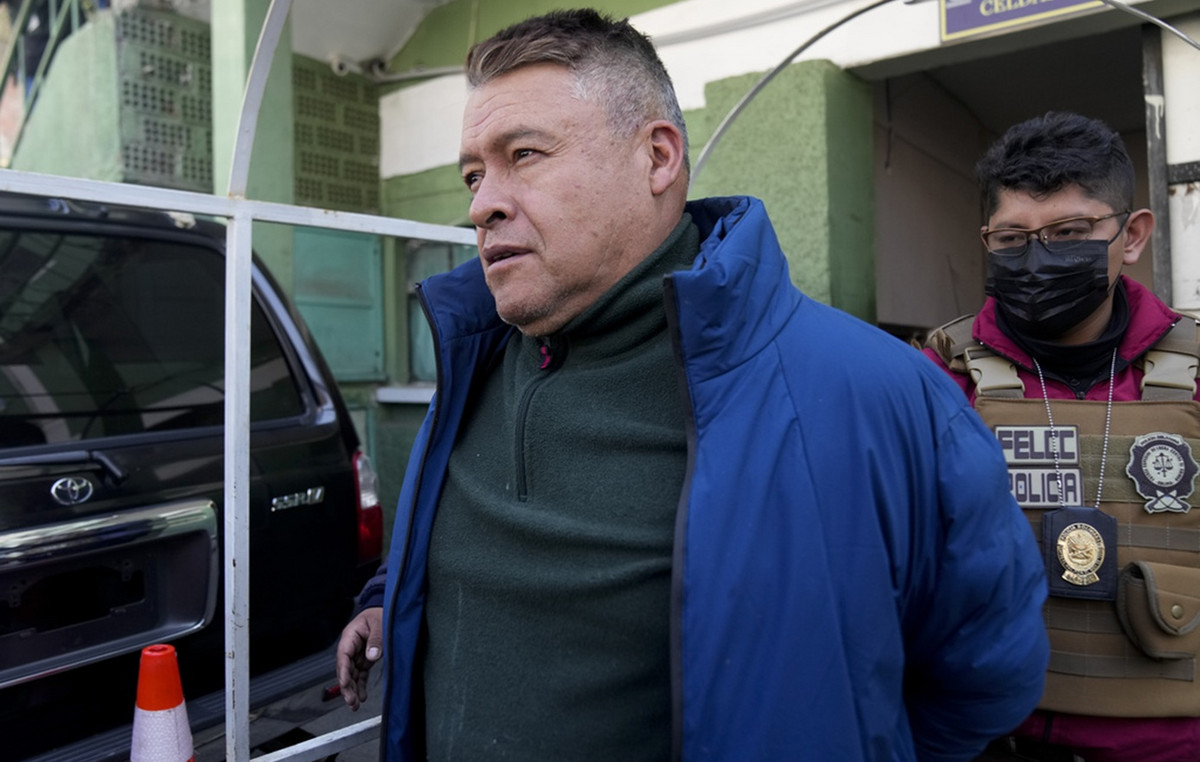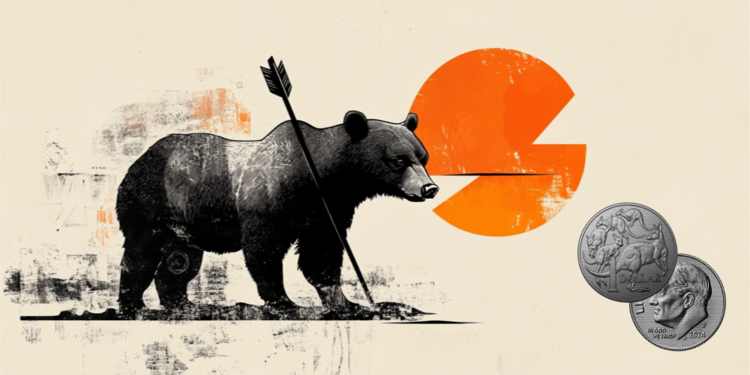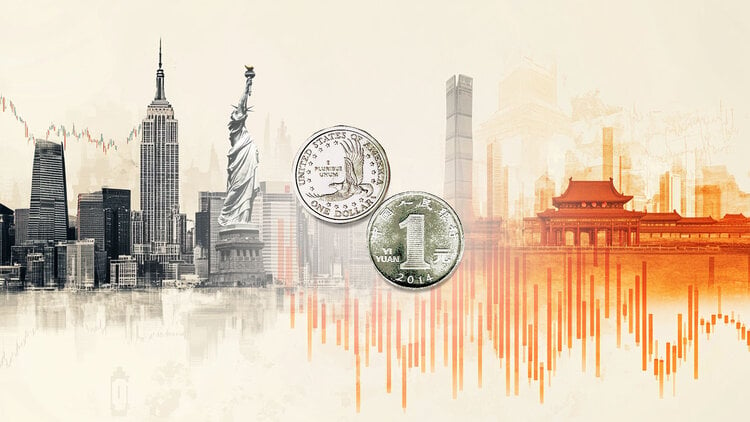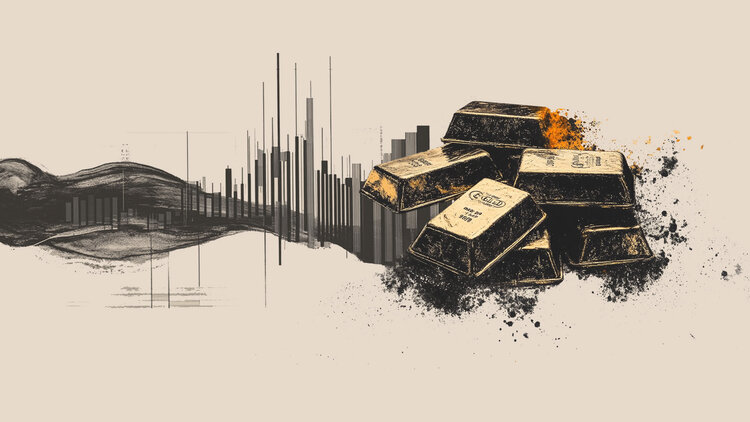For days now, images of New York suffocating in smoke have stunned the United States as residents struggle to cope with the unknown challenge of heavy air pollution.
The smoke, caused by wildfires in Canada, prompted authorities to warn of poor air quality on the east coast and people returned to wearing N95 face masks, largely abandoned since the Covid-19 pandemic. On social media, people share photos of the “apocalyptic” scene and tips for minimizing health risks.
With the exception of West Coast states—such as California—which suffer annual wildfires, such scenes are rare in the United States.
On the other side of the world, however, fighting pollution is nothing new. And the intense air pollution from noxious industrial fumes, gases and chemicals — which suffocates many of Asia’s major cities for much of the year — could become the norm for many others around the world as the climate crisis worsens. .
Last year, six of the world’s 10 most polluted cities were in India, according to the IQAir monitoring network. Researchers estimate that polluted air could be cutting the life expectancy of hundreds of millions of Indians by as much as nine years; Air pollution is believed to have caused nearly 1.6 million deaths in the country in 2019 alone.
The capital New Delhi is regularly shrouded in pollution due to a number of factors — including vehicle emissions, coal-fired power plants and the annual practice of burning agricultural fields to prepare the land for the next harvest.
That means your people are exposed to high levels of fine particulate matter, or PM2.5 — a widely used indicator of harmful air pollution. This tiny pollutant is highly dangerous; when inhaled, it can penetrate deep into lung tissue and enter the bloodstream, and has been linked to health problems, including asthma and heart disease.
It comes from sources such as fossil fuel combustion, dust storms and wildfires — which means New York is now suffocated by the pollutant.
PM2.5 levels in New York peaked on Wednesday afternoon (7th) at 303.3 micrograms per cubic meter. For comparison, World Health Organization guidelines recommend an average annual level limit of 5 micrograms per cubic meter; London measured 9.4 micrograms per cubic meter on Wednesday, and Hong Kong measured 21 micrograms per cubic meter, both safely within IQAir’s “good” range.
Many Southeast Asian countries are also familiar with the disruptions to everyday life that air pollution can bring, especially during the annual stubble burning season, when farmers set fire to the straw left in the field after harvesting the grains.
In 2019, the air got so bad in Malaysia that dozens of students got sick and vomited, prompting the closure of more than 400 schools across the Southeast Asian country.
Just a few months later, Malaysia was once again blanketed in a dense haze that came from large-scale forest fires in neighboring Indonesia, reportedly sparked by land clearing for paper and palm oil production.
More recently, the city of Chiang Mai in northern Thailand claimed the unenviable title of the world’s most polluted city for at least a week in a row in April, due to smoke from wildfires and bushfires elsewhere in the region. Countless people have sought medical attention for breathing problems, including asthma and shortness of breath. One hospital said the wards were so full they had to turn away some patients.
But perhaps the city best known for its pollution — and one that has managed to change things most successfully — is Beijing.
For years, residents of the Chinese capital have breathed polluted air on a daily basis. This culminated in the infamous “air apocalypse” of 2013, when the air quality index reached 755, breaking what should have been the top of the scale at 500, according to the US Embassy in Beijing – which maintained a daily air quality monitor. donate. That all-time high meant the air was too dangerous, forcing residents to lock themselves in, wear filter masks and turn their air purifiers full blast.
The event attracted global media attention and forced the issue into the Chinese mainstream. Soon after, China launched a sweeping anti-pollution campaign, closing mines and coal plants, setting up air monitoring stations across the country and issuing new regulations.
There are still problems — China has switched back to coal in recent years, rapidly building new power plants even as more and more countries look to renewable energy — but the improvement in the capital is undeniable. In 2021, Beijing recorded its best monthly air quality since records began in 2013; the photos now mostly show blue skies over the city.
It’s an encouraging sign and evidence that the right policies and investments can help improve air quality. But, scientists and experts warn, there are more challenges on the horizon that even cities with normally good air, like New York, cannot escape.
Human-caused climate change has exacerbated the hot, dry conditions that allow wildfires to start and grow.
Scientists recently reported that millions of acres burned by wildfires across the western US and Canada — an area roughly the size of South Carolina — may have been driven by carbon pollution from the world’s largest fossil fuel and cement companies.
Canadian Prime Minister Justin Trudeau pointed to “the devastating impacts of climate change” in a statement on Wednesday after speaking with US President Joe Biden about putting out the fires in Quebec.
The image of the United Nations building in New York, barely visible through the orange smoke, “is the perfect picture of how world leaders have failed to stop the climate crisis,” wrote climate scientist and advocate Lucky Tran on Wednesday at Twitter.
In another post, he said that “Today, New Yorkers and East Coasters are experiencing this impact firsthand.”
Source: CNN Brasil
Bruce Belcher is a seasoned author with over 5 years of experience in world news. He writes for online news websites and provides in-depth analysis on the world stock market. Bruce is known for his insightful perspectives and commitment to keeping the public informed.







